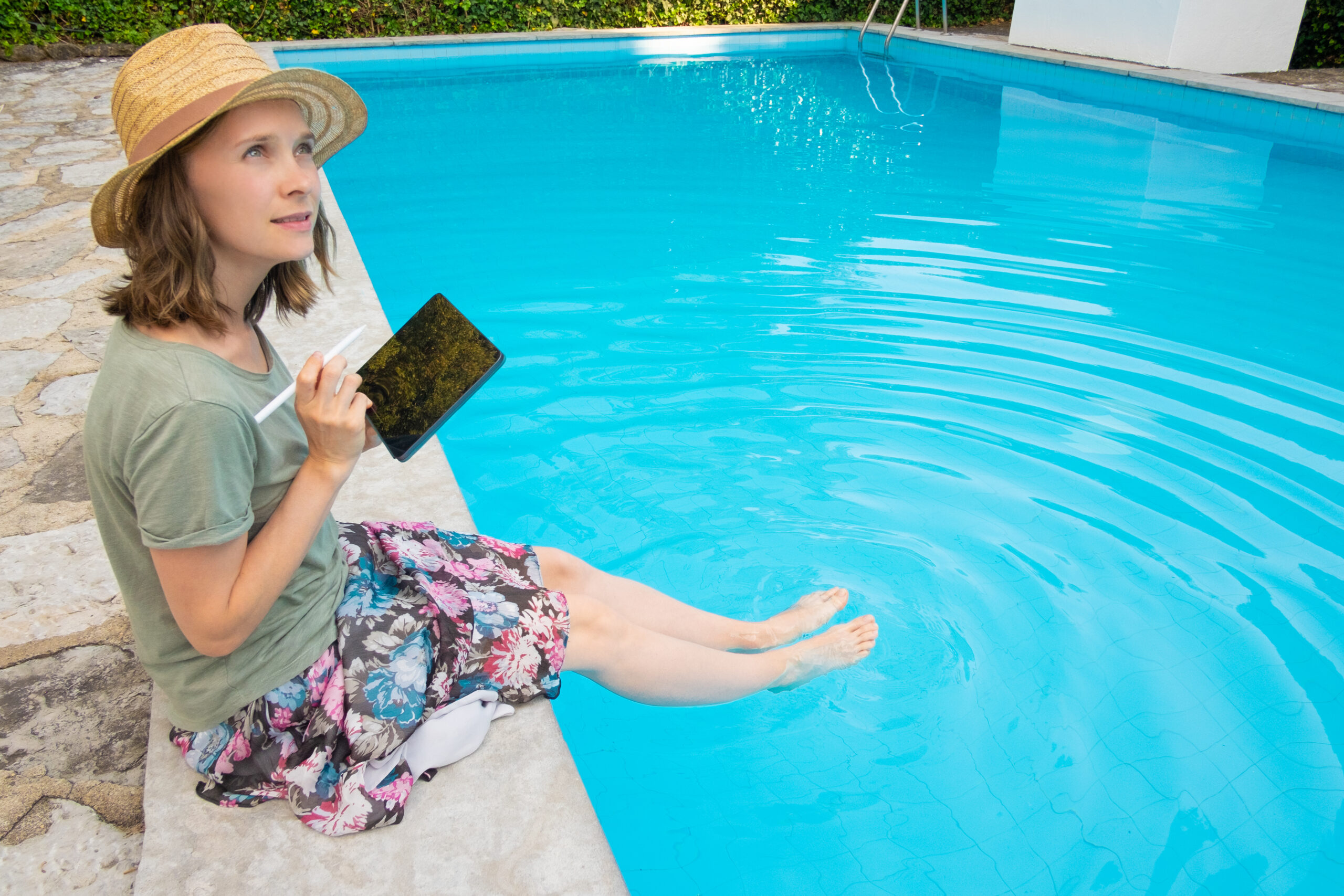A swimming pool is more than just a backyard feature—it’s a lifestyle upgrade. Whether you want a place to relax, exercise, or entertain guests, building your dream pool requires careful planning and execution. From choosing the right design to hiring professionals, every step matters. In this guide, we’ll break down the process to help you bring your vision to life.
Step 1: Define Your Pool’s Purpose and Design
Before diving into construction, take time to think about why you want a pool. Do you envision a tranquil retreat for relaxation? A kid-friendly space for family fun? Or a lap pool for fitness? Your goals will shape every decision, from size and shape to features and materials.
Consider Pool Types
Swimming pools come in various designs, and each serves different needs:
- Inground pools – Permanent structures made from concrete, fiberglass, or vinyl.
- Above-ground pools – More affordable and easier to install but less customizable.
- Infinity pools – High-end pools that create a stunning visual effect.
- Lap pools – Long and narrow pools designed for fitness.
- Natural pools – Eco-friendly pools that use plants for filtration.
Choose the Right Shape and Size
Your available space and intended use will determine the pool’s dimensions. A freeform shape may suit a backyard with landscaping elements, while a geometric shape offers a sleek, modern look. Consider how the pool will fit into your overall backyard aesthetic.
Step 2: Plan Your Budget and Timeline
Building a pool is an investment, and costs can vary significantly based on size, materials, and features. A basic inground pool may start at $30,000, while a high-end custom pool can exceed $100,000.
Factors That Affect Cost
- Materials: Concrete pools are durable but expensive; vinyl pools are budget-friendly but require liner replacements.
- Excavation: Costs depend on soil conditions and site accessibility.
- Permits and Inspections: Local regulations may require approval before construction begins.
- Additional Features: Waterfalls, lighting, heating, and automation add to the final price.
Setting a Realistic Timeline
A standard inground pool takes about 8 to 12 weeks to complete, but weather delays and permit approvals can extend the timeframe. Planning ahead and working with professionals can help avoid unnecessary delays.
Step 3: Hire a Professional Swimming Pool Builder
While DIY pools exist, hiring an experienced swimming pool builder ensures high-quality results and compliance with safety standards. Professional builders have the expertise to handle excavation, plumbing, electrical work, and finishing.
What to Look for in a Contractor
- Experience: Choose a builder with a proven track record.
- Licensing and Insurance: Verify credentials to protect your investment.
- Portfolio: Ask for previous project examples to assess quality.
- Customer Reviews: Check testimonials and online ratings.
- Detailed Contract: Ensure clear pricing, timelines, and warranties.
Step 4: Obtain Permits and Site Preparation
Each city or county has different regulations regarding pool construction. Before breaking ground, your contractor should obtain the necessary permits and ensure your project complies with local codes. You can check the Pool & Hot Tub Alliance (PHTA) guidelines for industry standards and best practices to ensure compliance and safety.”
Preparing the Site
- Excavation: Digging begins based on the pool’s layout.
- Structural Support: A solid foundation prevents shifting and cracking.
- Plumbing and Electrical Setup: Pipes, drains, and lighting must be installed before the next phase.
Step 5: Choose Materials and Finishes
The materials you select affect both the look and longevity of your pool.
Common Pool Materials
- Concrete: Highly durable and customizable but requires more maintenance.
- Fiberglass: Prefabricated shells that install quickly with minimal upkeep.
- Vinyl: Budget-friendly but requires liner replacements over time.
Finishing Touches
- Tile and Plaster: Adds texture and visual appeal.
- Decking: Choose from wood, pavers, or stamped concrete for a stylish surround.
- Fencing: Essential for safety, especially in households with children.
Step 6: Add Features for Comfort and Luxury
Now comes the fun part—customizing your pool with special features.
Popular Enhancements
- Waterfalls and Fountains: Create a serene atmosphere.
- LED Lighting: Enhance nighttime aesthetics and safety.
- Heating Systems: Extend your swimming season.
- Saltwater Systems: A gentler alternative to chlorine.
- Automated Covers: Improve safety and reduce maintenance.
Step 7: Fill, Test, and Enjoy Your Pool
Once construction is complete, the final steps involve filling the pool, testing the water chemistry, and ensuring all systems function correctly. Your builder should guide you through basic maintenance, including filtration, chemical balancing, and seasonal care.
Pool Maintenance Tips
- Skim and vacuum regularly to keep debris out.
- Monitor chlorine and pH levels for clean water.
- Inspect equipment like pumps and filters to ensure efficiency.
- Winterize the pool if you live in a cold climate.
Final Thoughts
Building your dream swimming pool is an exciting journey that requires planning, budgeting, and the right professionals. By understanding each step—from design to construction—you can make informed decisions that lead to a beautiful and functional backyard oasis. With the right approach, your pool will provide relaxation, fun, and lasting memories for years to come.




